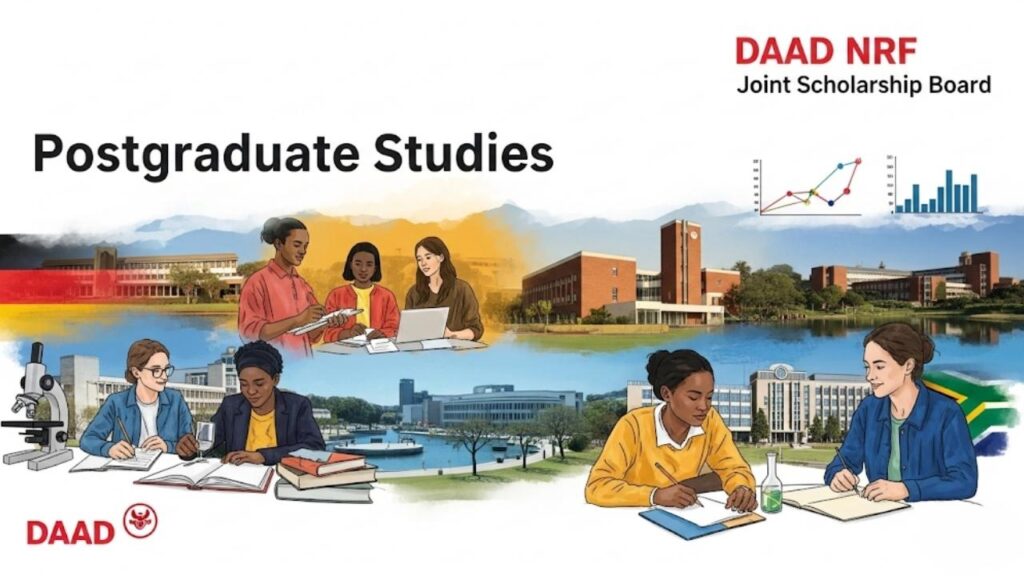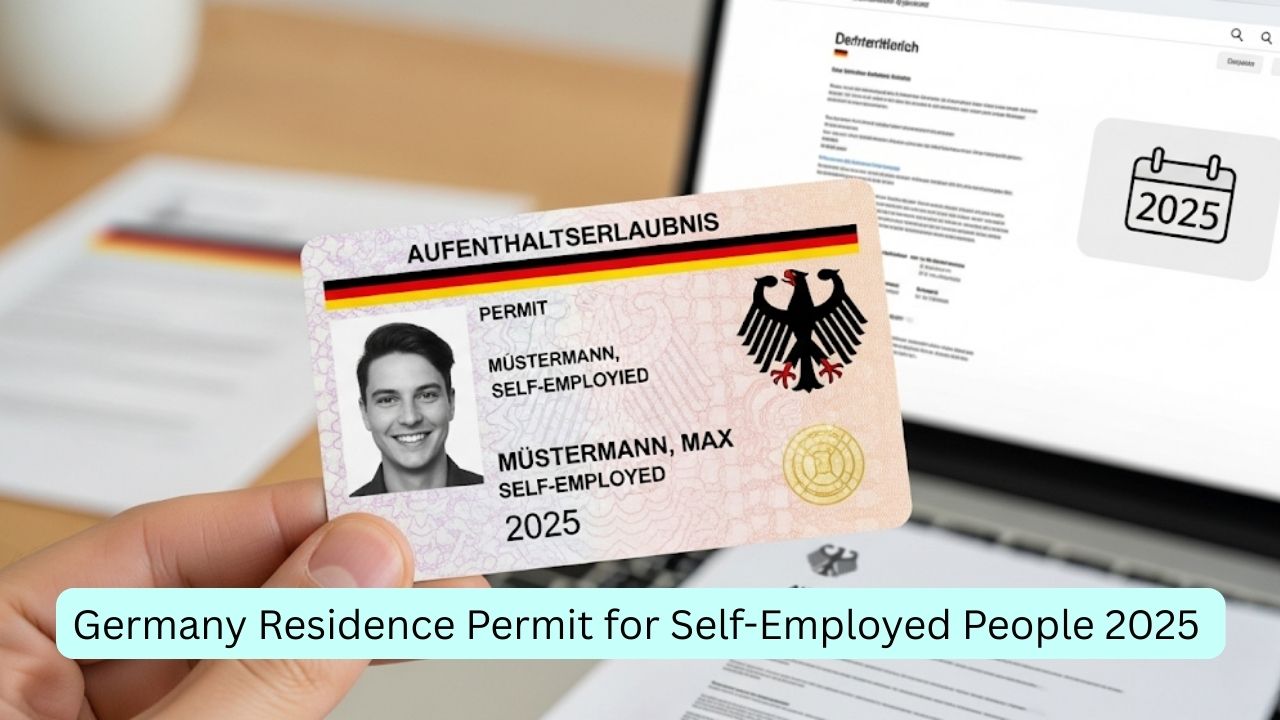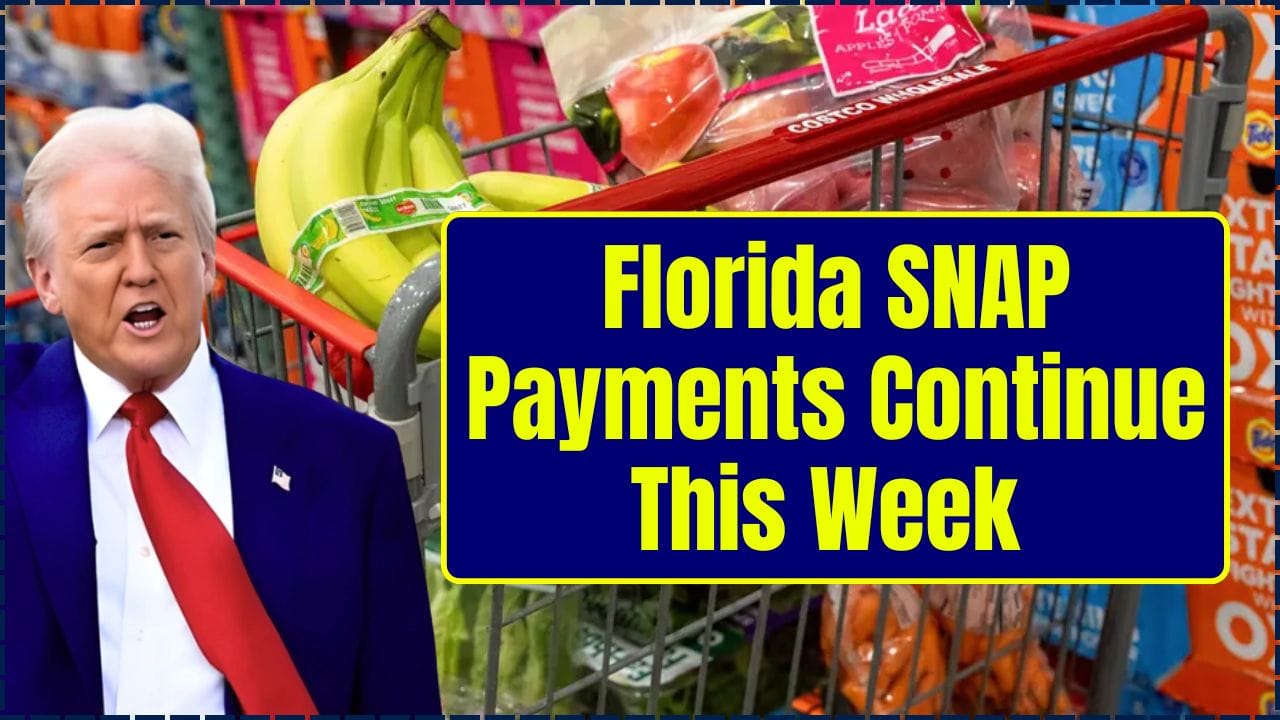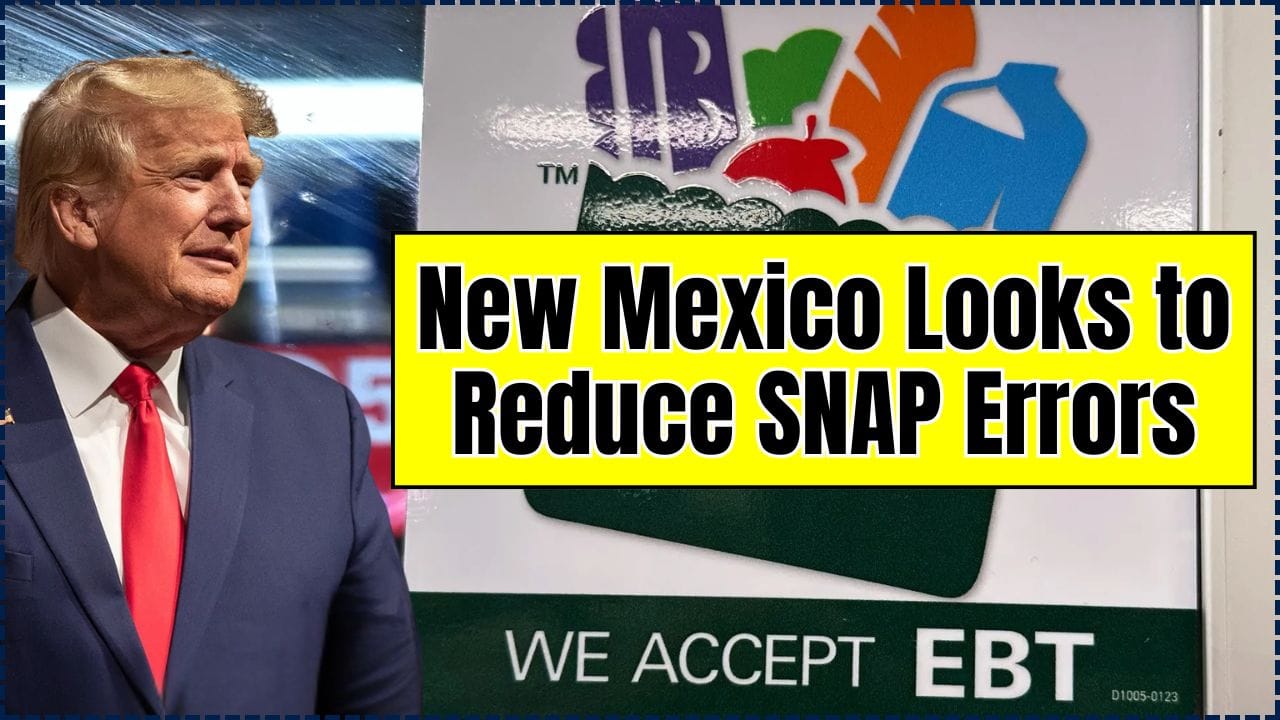Are you dreaming of pursuing world-class postgraduate studies, but feel held back by financial constraints? The good news is that the DAAD NRF Joint Scholarship Board is still accepting new applications for various programs, offering a golden opportunity to turn your academic aspirations into reality. This comprehensive guide will walk you through everything you need to know about navigating the DAAD NRF scholarship process successfully.

The journey to securing a fully funded scholarship can seem daunting, but with the right information and a strategic approach, it’s absolutely achievable. In my experience advising students, one common hurdle is simply knowing where to start and how to present a truly compelling application. This article is designed to demystify the process, providing clear, actionable steps and encouraging insights to help you stand out.
Your Pathway to Global Academic Excellence
The DAAD (German Academic Exchange Service) and the NRF (National Research Foundation) have forged a powerful partnership to foster academic and research talent, particularly in fields critical for national and global development. This collaboration offers an incredible chance to immerse yourself in cutting-edge research environments, gain international exposure, and contribute to significant advancements in your chosen field.
Understanding the DAAD NRF Joint Scholarship Board
The DAAD NRF Joint Scholarship Board primarily offers the “In-Country/In-Region Scholarship Programme,” specifically targeting students from eligible developing countries, with a significant focus on South Africa. These scholarships are designed to support Master’s and PhD studies, primarily within institutions in the scholarship holders’ home regions or in Germany for specific programs.
It’s crucial to distinguish between different DAAD and NRF offerings. While the NRF itself has broad postgraduate funding calls for South African citizens, the “NRF-DAAD In-Country Scholarship Programme” is a specific joint initiative. Similarly, the DAAD offers various scholarships directly for study in Germany, such as the Development-Related Postgraduate Courses (EPOS) program, which has distinct application procedures and deadlines. Always check the specific program details to ensure you’re applying to the correct one and meeting its unique requirements.
DAAD NRF Scholarship Snapshot
| Key Fact | Detail/Statistic |
| Primary Focus | Master’s & PhD studies for eligible countries, often with an in-country/in-region focus. NRF Website |
| Typical Funding | Covers tuition fees, living expenses, health/accident/personal liability insurance, and travel lump sums. Mesa Malaria Knowledge Hub |
| Eligibility Age Limit (NRF) | 28 for Honours, 30 for Master’s, 32 for Doctoral studies (in year of application). |
| Academic Requirement (NRF) | Minimum 65% aggregate for postgraduate funding. |
Decoding the Application Process: Your DAAD NRF Scholarship Snapshot Guide
The application process for the DAAD NRF Joint Scholarship can vary slightly depending on the specific program and the country you’re applying from. However, there are core steps and considerations that remain consistent. I’ve seen many successful applicants focus on meticulous preparation and tailoring their application to highlight their unique strengths and alignment with the scholarship’s goals.
1. Research and Identify the Right Program
Before you even think about writing, deep dive into the available programs. The DAAD scholarship database is an excellent resource, allowing you to filter by country of origin, destination, status (student, graduate, PhD), and subject area. For the joint DAAD NRF scholarships, particularly those focused on in-country/in-region studies, the NRF website and official announcements from participating universities are crucial.
Make sure to look for programs where applications are currently open. For instance, the DSI-NRF Postgraduate Student Funding for the 2025 academic year, including NRF-DAAD related inquiries, has specific closing dates for Master’s and Doctoral applications, often around September for first-time applicants for the subsequent academic year. Always verify the most up-to-date deadlines on the official websites.
2. Understand the Eligibility Criteria Thoroughly
Eligibility is non-negotiable. Missing even one requirement can lead to immediate disqualification. Pay close attention to:
- Academic Qualifications: Most programs require a strong academic record, often a minimum average mark (e.g., 65% or even 75% for exceptional achievers for NRF funding). Your previous degree should typically not be more than six years old for DAAD study scholarships for Master’s studies in all academic disciplines.
- Nationality/Residency: Many joint scholarships, like the NRF-DAAD In-Country Scholarship Programme, specifically target citizens or permanent residents of particular countries (e.g., South Africa).
- Age Limits: The NRF, for example, has age limits for Honours, Master’s, and Doctoral studies.
- Language Proficiency: If your chosen program is taught in German, you’ll need proof of German language skills. For English-taught programs, recognized tests like IELTS or TOEFL are typically required.
- Professional Experience: Some DAAD scholarships, like the EPOS program, require at least two years of relevant professional experience.
- Admission to a German University: For many DAAD scholarships for study in Germany, you need to have already secured admission to a German university for your chosen program, or be able to submit proof of admission before the funding period begins.

3. Craft a Winning Application
This is where your passion and preparation truly shine.
- Letter of Motivation: This is your chance to tell your story. Clearly articulate why you want to pursue this particular program, how it aligns with your academic and career goals, and how you plan to contribute to your home country or region upon completion. Be specific and personal. Explain your academic and personal reasons for wanting to study in Germany and the significance of this experience for your future.
- Curriculum Vitae (CV): Present a clear, concise, and chronologically ordered CV, ideally using a widely accepted format like Europass. Highlight your academic achievements, research experience, publications, and relevant work history. Keep it to a maximum of three pages.
- Academic Transcripts and Certificates: Provide certified copies of all your higher education degree certificates and transcripts. If they are not in German or English, ensure you have certified translations. An explanation of your grading system is also helpful if it’s not self-explanatory.
- Research Proposal (for PhD/Research-focused Master’s): This is paramount for doctoral candidates. Develop a well-structured, feasible, and impactful research proposal that demonstrates your understanding of the field and your unique contribution.
- Letters of Recommendation: While some programs, particularly in Germany, might not heavily emphasize recommendation letters for Master’s degrees, they are often crucial for PhD applications. Choose referees who know your academic and research capabilities well and can speak to your potential.
- Proof of Admission (if applicable): If your chosen scholarship requires prior admission to a German university, ensure you’ve applied and received your admission letter.

4. Navigating the Application Platform
The DAAD typically uses an online portal for applications. You’ll need to register on “Mein DAAD” and then select your chosen funding program from the scholarship database. The portal guides you through various sections, including personal data, project description, academic career, language skills, and attachments. Remember to save your draft frequently! For NRF-specific applications, the NRF Connect System is the platform to use. Always follow the instructions meticulously.
5. Timelines and Deadlines
Scholarship application deadlines are strict. For the DAAD NRF Joint Scholarship Board, especially the NRF-DAAD In-Country Programme, deadlines for the 2026 academic year can be as early as September of the preceding year for first-time Master’s and Doctoral applications. DAAD’s general scholarship database also lists various deadlines, with some stretching into October or even later for funding beginning the following year. It is crucial to check the specific program’s deadline, as it can vary widely. Don’t wait until the last minute – begin gathering your documents and perfecting your application well in advance.
Beyond the Application: What Happens Next?
Once your application is submitted, a selection committee, often comprising specialist scientists, reviews the applications. They assess academic qualifications, potential, motivation, and extracurricular commitment. Aspects of equal opportunities are also taken into consideration. If you are a strong candidate, you may be invited for an interview. The selection process can be lengthy, so patience is key.
Real Stories, Real Inspiration
Many have walked this path before you and succeeded. Hearing their stories can be incredibly motivating. For example, Bonolo Gaeepe, a DAAD alumnus, shares her enriching experience volunteering in Germany, emphasizing the cultural immersion and personal growth. Similarly, Ayanda Mayeza’s journey highlights the collaborative environment and global networking opportunities facilitated by DAAD programs.
PhD Scholarship Position 2025 in Soil Science at Leibniz University Hannover
Paving Your Future: Roads4All Project Scholarship 2025 at TU Dresden
FAQs
Q1: Can I apply for more than one scholarship program simultaneously?
A: Yes, generally, you can apply for multiple scholarships, including up to three courses in the DAAD’s Development-Related Postgraduate Courses (EPOS) program. However, ensure you prioritize them in your application and tailor each application to the specific program’s requirements.
Q2: What if I don’t have my admission letter from a German university at the time of application?
A: For many DAAD scholarships, you must submit proof of admission before the funding period begins. It’s crucial to research the admission requirements and deadlines of your chosen German university concurrently with your scholarship application.
Q3: Are there specific fields of study prioritized by the DAAD NRF Joint Scholarship Board?
A: While scholarships are offered across various fields, the NRF-DAAD In-Country Programme and other DAAD development-related scholarships often prioritize fields relevant to national development, including Science, Engineering, Technology, Social Sciences, and Humanities. Some specific programs might focus on STEM disciplines.
Q4: What are the typical scholarship benefits?
A: Scholarship benefits usually include a monthly stipend for living expenses, coverage of tuition fees (if applicable), health, accident, and personal liability insurance, and a lump sum for travel expenses. Specific amounts can vary by program and host country.










